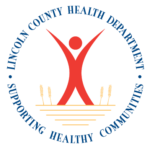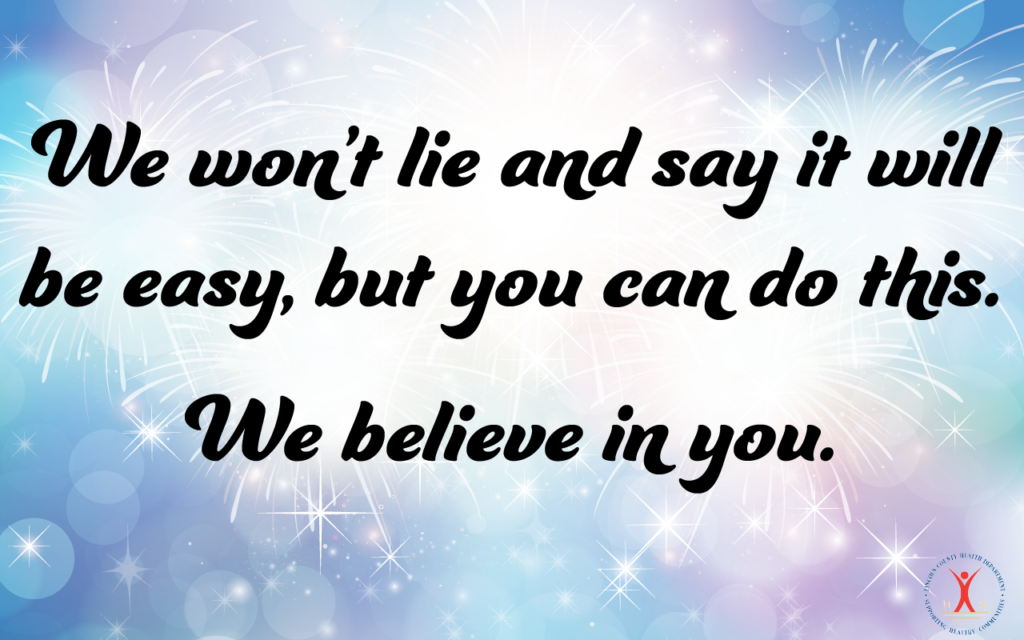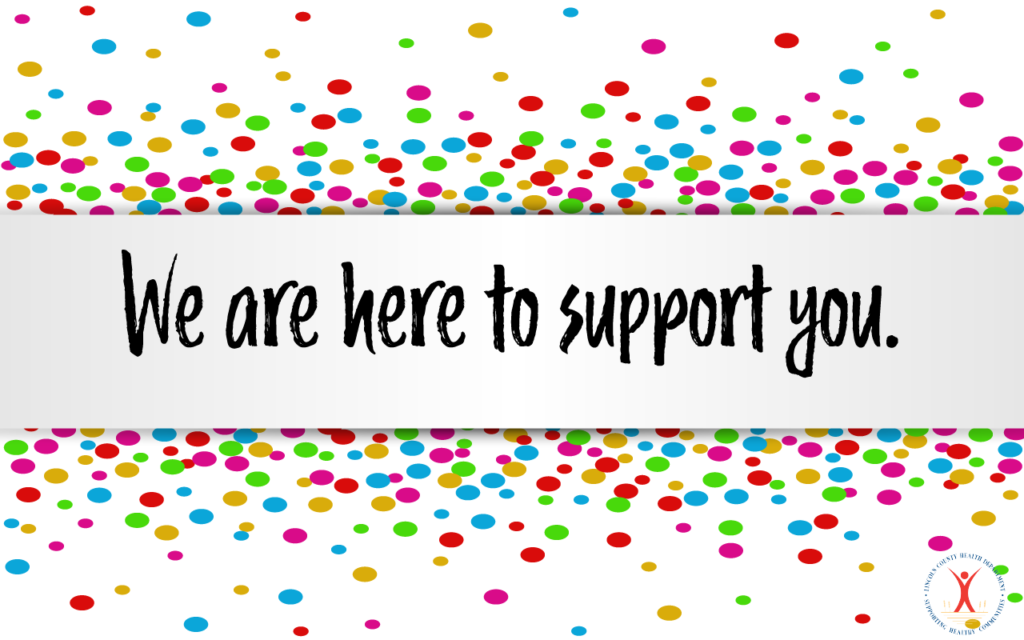Naloxone
Naloxone, commonly known by the brand name Narcan™, is reverses opioid overdoses. Naloxone has been used by medical professionals since 1971, but wasn’t available to the general public until 2015 when the FDA approved an over-the-counter version of it. The nasal spray does not require any special training or certification for using it. In Washington state, there is a standing order for naloxone, which means anyone can obtain it without a prescription or prior referral for free. Lincoln County Health Department provides naloxone free to anyone who or you can order it through the mail via the WA Department of Health. You can also find other locations in the state via the Washington State Naloxone Finder.
Substance Use Prevention Coordinator
Ratna Bhupalam
509.215.1044
Naloxone blocks the effects of opioids by attaching itself to the opioid receptors in the brain. Depending on a variety of factors, a person may need more than one dose of naloxone. If you think someone is having an opioid overdose, it is better to give someone naloxone than not, as there are no side effects. An opioid overdose may cause a person to be unresponsive, have blue or grey lips and fingernails, making gasping or gurgling sounds, slow or shallow breathing, not breathing at all, or having pale or ashy skin. If you believe someone has overdosed on opioids, call 911 and administer naloxone.




